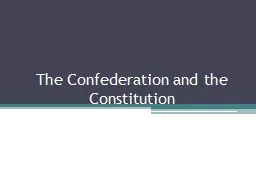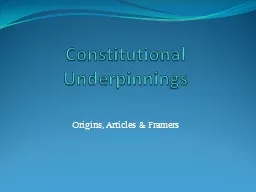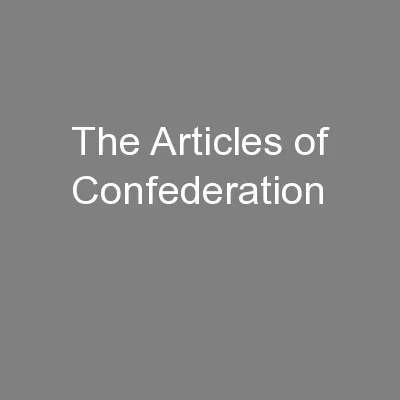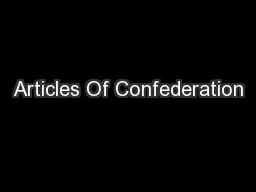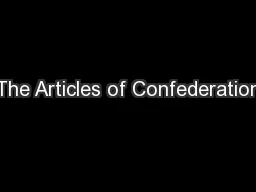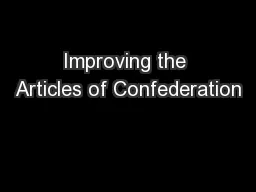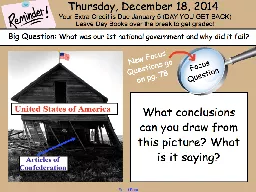PPT-Confederation Postscript
Author : danika-pritchard | Published Date : 2018-03-15
1869 1885 To Join or Not to Join After the initial push for confederation many members of the newly formed nation realized that they had far to go to convince the
Presentation Embed Code
Download Presentation
Download Presentation The PPT/PDF document "Confederation Postscript" is the property of its rightful owner. Permission is granted to download and print the materials on this website for personal, non-commercial use only, and to display it on your personal computer provided you do not modify the materials and that you retain all copyright notices contained in the materials. By downloading content from our website, you accept the terms of this agreement.
Confederation Postscript: Transcript
Download Rules Of Document
"Confederation Postscript"The content belongs to its owner. You may download and print it for personal use, without modification, and keep all copyright notices. By downloading, you agree to these terms.
Related Documents




